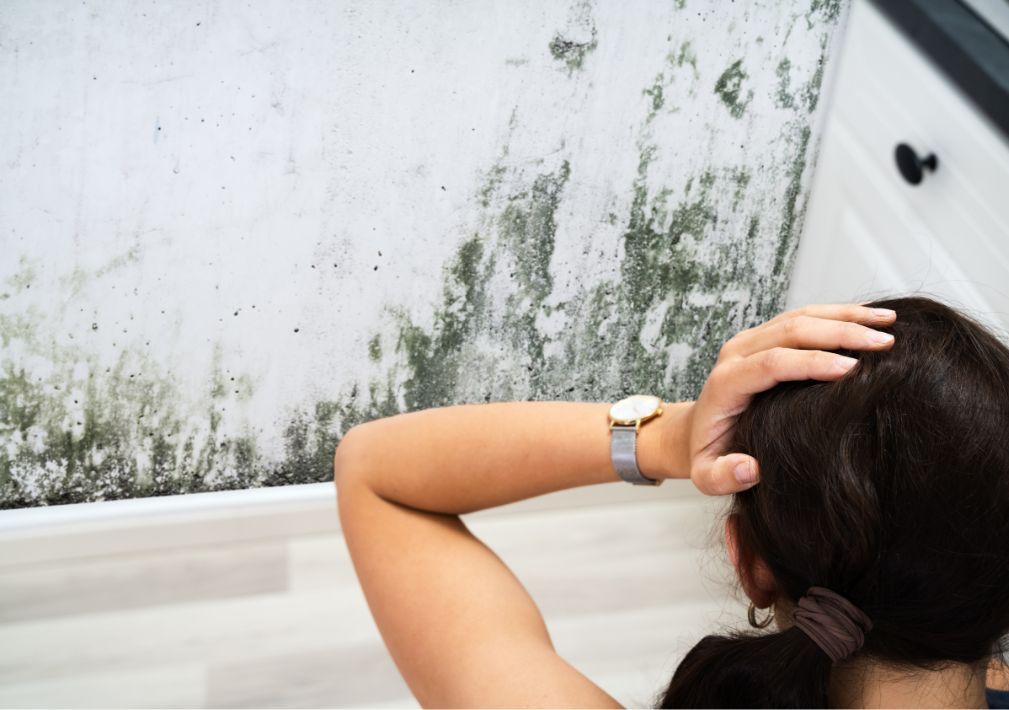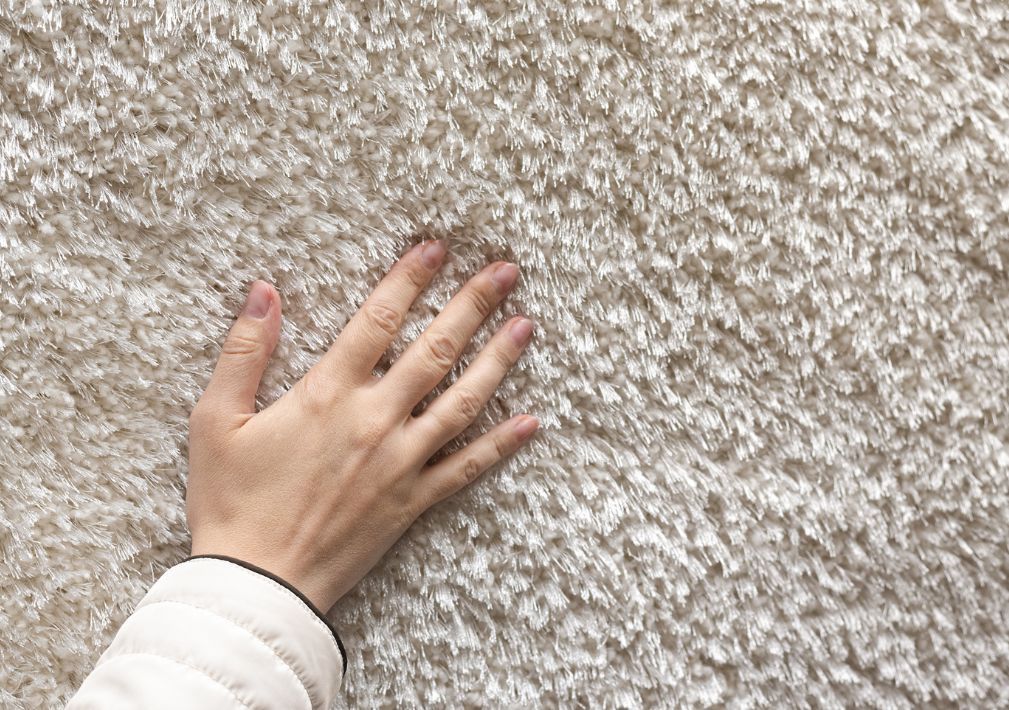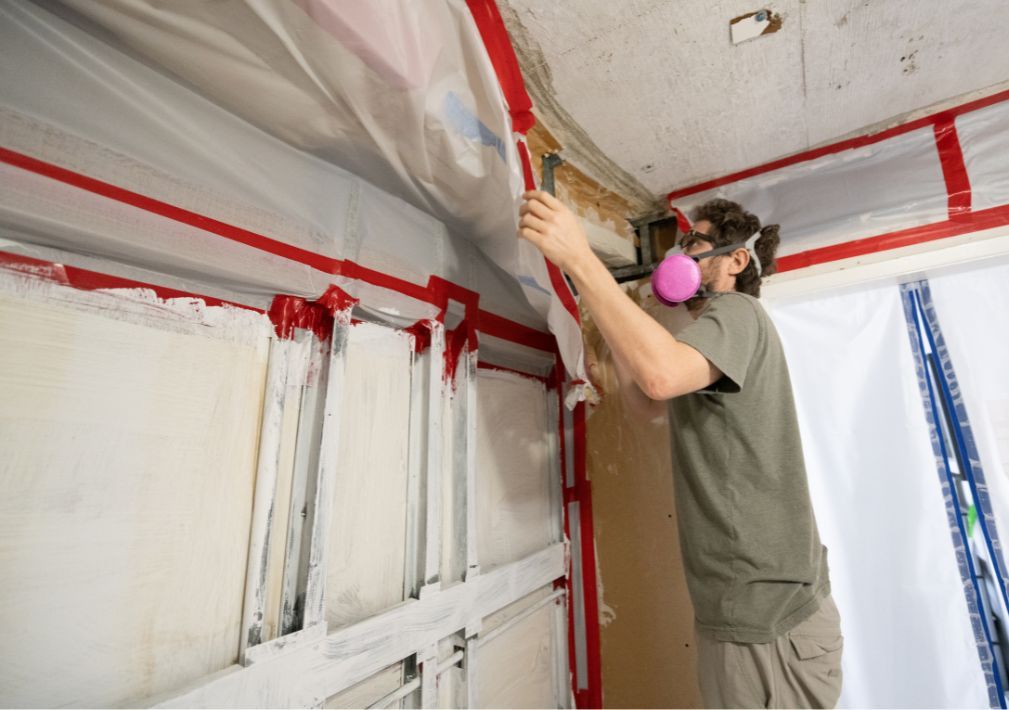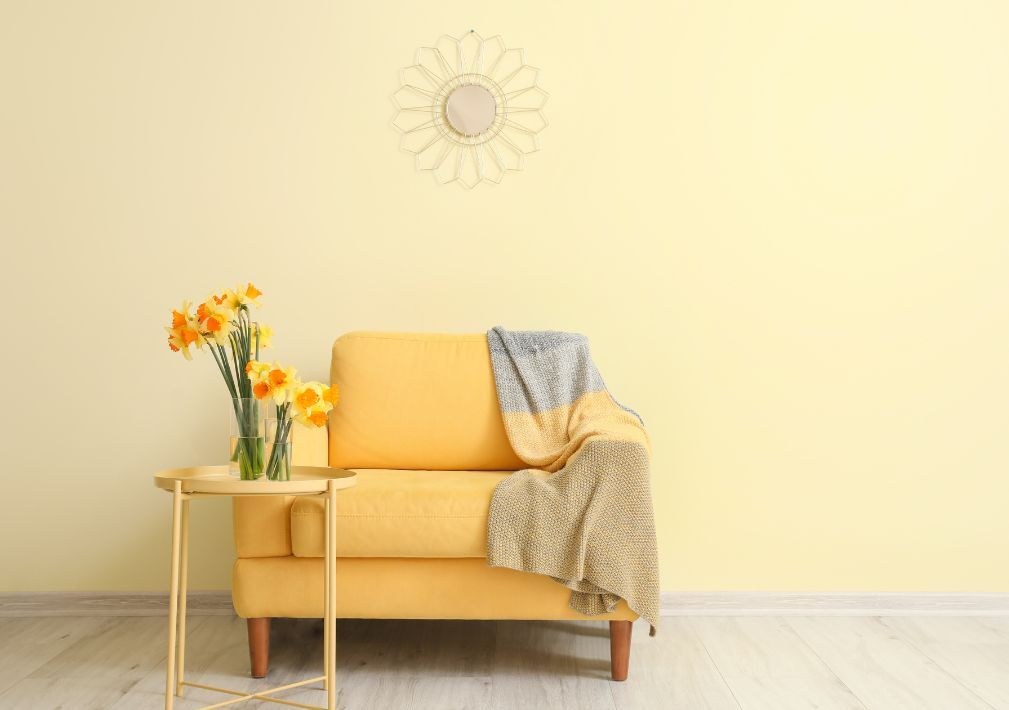How to Remove Mold from Drywall

How to Remove Mold from Drywall
If you’re facing mold on your drywall, professional mold remediation is the safest and most effective solution. Mold on drywall is more than an eyesore. It can silently damage your home’s structure and threaten your health if not handled correctly.
Mold removal from drywall is not as straightforward as it might seem. Since drywall is a porous building material, mold can grow beneath the surface, making it difficult to remove entirely without proper tools and techniques. That’s why homeowners turn to experts in mold remediation like Voda Cleaning & Restoration, who are trained to identify, remove, and prevent mold the right way.
Why Mold on Drywall Is a Serious Problem
Drywall is one of the most vulnerable areas in a home when it comes to mold growth. The material is made of gypsum wrapped in paper, and that paper layer acts like a sponge when it’s exposed to moisture. Whether it’s from a slow plumbing leak or high humidity, once mold takes hold, it spreads quickly.
Mold spores are invisible to the naked eye, but they travel through the air and land on damp surfaces. Once there’s enough moisture and warmth, they begin to grow. Drywall often acts as the perfect environment for this to happen. And unlike tile or sealed concrete, you can’t just scrub the surface and move on.
Common issues that contribute to mold growth on drywall include:
- Plumbing leaks inside walls
- Roof leaks that soak ceilings and drywall
- Flooding from heavy storms or pipe bursts
- Poor insulation or ventilation in humid rooms like bathrooms and laundry areas
According to the EPA, mold can start growing within 24–48 hours of water exposure. That’s why fast mold remediation is critical once mold is discovered.
Early Signs of Mold on Drywall
Not all mold is visible right away. Here are the most common red flags that indicate you might have a mold issue behind or on your drywall:
- A persistent musty odor in certain areas of the home
- Dark spots, streaks, or patches on walls
- Peeling, bubbling, or warping paint or wallpaper
- Coughing, sneezing, or allergy symptoms that worsen indoors
- Discoloration around outlets, corners, or baseboards
If you notice any of these, call Voda Cleaning & Restoration for an inspection. Professionals use moisture meters, infrared cameras, and years of experience to detect mold even when it’s hidden.
Step-by-Step Process of Professional Mold Remediation
Professional mold remediation goes far beyond surface cleaning. At Voda Cleaning & Restoration, the process is thorough, follows IICRC standards, and is designed to keep your family and property safe.
1. Full Containment of the Affected Area
To prevent mold spores from spreading throughout your home, professionals begin by sealing off the impacted area. This includes:
- Plastic sheeting around work zones
- HEPA-filtered air scrubbers
- Negative air pressure machines
This containment step is vital to keeping the rest of the house safe and clean.
2. Inspection and Moisture Source Identification
Professionals determine where the moisture is coming from. Whether it’s a leak behind the wall or poor ventilation, removing the mold without fixing the moisture source is pointless. Voda Cleaning & Restoration tracks down the cause to prevent regrowth.
3. Controlled Removal of Mold-Infested Drywall
Infected drywall is carefully cut out and removed. Any materials unable to be salvaged are bagged, sealed, and taken off-site for safe disposal. This eliminates both the visible mold and the deeply embedded spores within the drywall’s fibers.
4. HEPA Vacuuming and Antimicrobial Treatment
Remaining surfaces are vacuumed using HEPA vacuums to remove any microscopic particles. Then, antimicrobial agents approved by the EPA are applied to eliminate any lingering mold and sanitize the area thoroughly.
5. Drying and Dehumidification
Once the mold is gone, the area is dried completely using commercial-grade air movers and dehumidifiers. This step ensures the moisture issue is under control, and it’s safe to rebuild.
6. Reconstruction and Restoration
New drywall is installed, seams are sealed, and the area is repainted or retextured to match your existing space. Voda Cleaning & Restoration ensures the final product is clean, dry, and mold-free.
Why DIY Mold Removal Often Backfires
Homeowners are often tempted to clean mold themselves with bleach or vinegar. However, for porous materials like drywall, this approach doesn’t work. In fact, it can make the situation worse:
- Surface cleaning doesn’t reach the roots of the mold
- DIY often spreads spores into the air, increasing exposure
- Improper drying leads to rapid regrowth
- Without protective gear, DIYers risk inhaling mycotoxins
Professionals in mold remediation are trained to contain, remove, and restore affected areas without putting your family at risk. Hiring a company like Voda Cleaning & Restoration is the safest long-term investment you can make for your property.
How to Prevent Mold from Returning
After remediation, prevention is key. Here are some steps homeowners can take:
- Fix any leaks immediately
- Use a dehumidifier in basements and bathrooms
- Keep indoor humidity between 30%-50%
- Vent moisture-heavy areas like kitchens and laundry rooms
- Schedule annual moisture inspections
Voda Cleaning & Restoration also provides preventive services including moisture testing, ventilation evaluations, and humidity control recommendations.
Cost of Mold Remediation for Drywall
The cost of mold remediation varies widely depending on the size of the infestation, accessibility, and the amount of drywall that needs replacing. Here’s a general range:
- Minor damage (under 10 sq. ft): $500-$1,500
- Moderate damage (10–30 sq. ft): $1,500-$3,500
- Severe or hidden mold (30+ sq. ft): $3,500-$7,000+
The longer you wait, the more extensive (and expensive) the damage becomes. Voda Cleaning & Restoration offers honest assessments and transparent pricing. Reach out for a quote before the issue escalates.
Health Risks Associated with Mold on Drywall
Ignoring mold on drywall can pose serious health risks, especially if the problem goes untreated for long. Mold spores are microscopic and can become airborne easily, leading to poor indoor air quality. Once inhaled, they can trigger a variety of symptoms, even in people who are otherwise healthy.
Some of the most common health effects include:
- Coughing, sneezing, and sinus irritation
- Skin rashes or redness
- Headaches and fatigue
- Worsened asthma or bronchitis
- Eye irritation or watery eyes
For individuals with allergies, weakened immune systems, or respiratory conditions, exposure to mold can lead to more severe complications. Children and seniors are particularly vulnerable.
Because drywall is porous, it can host large colonies of mold beneath the surface where you can’t see them. This makes it dangerous to assume the problem is minor just because the mold appears small.
Professional mold remediation by experts like Voda Cleaning & Restoration ensures that mold is fully removed from the structure and air, protecting your family’s long-term health.
When to Schedule a Professional Mold Inspection
Many homeowners wait until mold becomes visible before taking action, but by then, the problem could already be extensive. Scheduling a professional mold inspection is a proactive step that can save thousands in damage and prevent health hazards.
You should consider an inspection if you notice:
- A musty or earthy smell in certain rooms
- Past water damage that wasn’t professionally dried
- Sudden allergy-like symptoms when indoors
- High humidity in basements or crawlspaces
- Unexplained discoloration or stains on drywall
An inspection from Voda Cleaning & Restoration involves more than just a visual check. Certified professionals use thermal imaging, hygrometers, and air quality tests to detect hidden mold, moisture pockets, and potential contamination in surrounding materials.
Catching mold early makes the remediation process faster, more affordable, and less invasive. It also gives you peace of mind, knowing your home is safe and mold-free. For homeowners in flood-prone or humid areas, annual inspections are strongly recommended.
The Final Verdict on Mold Remediation for Drywall
When mold shows up on your drywall, don’t ignore it and don’t try to tackle it alone. Mold grows fast, spreads silently, and affects more than just walls, it threatens your indoor air quality and the structural integrity of your home.
Mold remediation is a professional, multi-step process designed to ensure your space is healthy. Schedule your Mold Remediation service online or call us at (608) 398-8632 today and take the first step toward a healthier home!
Frequently Asked Questions About Mold Remediation
Can drywall mold spread to other materials like insulation or flooring?
Yes. Mold on drywall often indicates deeper moisture issues. Spores can easily spread to insulation, subflooring, or even behind wall cavities. A proper inspection is necessary to determine how far the mold has traveled and whether other materials are compromised.
Why does mold return even after I’ve cleaned it?
If the underlying moisture problem isn’t fixed, mold will come back, sometimes in as little as 24 hours. Even high humidity or condensation behind walls can cause regrowth. This is why a comprehensive mold remediation approach is necessary rather than surface-level cleaning.
Can mold behind drywall make me sick even if I can’t see it?
Absolutely. Mold spores can become airborne and circulate through your HVAC system, leading to respiratory symptoms, fatigue, and worsening allergies. Hidden mold is just as dangerous as visible mold. A professional inspection can determine the severity of the issue.
More Blogs
Categories


